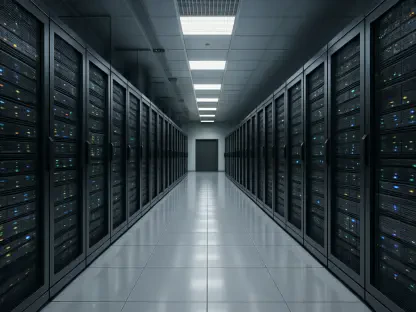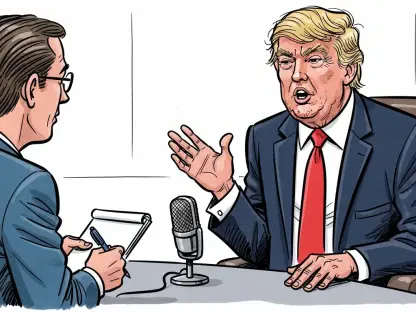The educational landscape in the United States is witnessing significant shifts driven by two major legislative focuses: school choice initiatives and restrictions on diversity, equity, and inclusion (DEI) programs. These trends have sparked debates at state levels, addressing how educational reforms are shaping the experience of both students and educators.
Setting the Stage: A Changing Educational Landscape
With states like Texas leading the charge with comprehensive school choice programs, education policies are undergoing substantial transformation. Texas’s plan, allocating $1 billion in its first year, allows families flexibility in selecting private schooling or homeschooling, mirroring efforts in Indiana, Wyoming, Tennessee, and Idaho. This movement aims to provide alternatives to public education, a response to perceived inadequacies in fulfilling children’s educational needs.
Conversely, states such as Indiana, Iowa, and Ohio are enforcing DEI program restrictions. These measures, affecting both K-12 and higher education, are intended to boost environments conducive to free expression. Ohio’s leadership has emphasized the importance of open dialogue, particularly in higher educational contexts, yet these policies have ignited debates about the treatment of race and equity in curricula.
Insights from Experts on School Choice
Advocates for school choice highlight its potential to introduce competition that can drive improvements in education quality. They argue that providing families with options empowers them to seek the best educational fit for their children, promoting better educational outcomes. However, critics point to concerns over resource allocation, suggesting that increased preference for charter and private schools could divert essential funding from public schools, potentially exacerbating inequalities in education quality.
Navigating DEI Restrictions: Changing Dynamics
Proponents of DEI restrictions assert that these changes foster an atmosphere where all viewpoints can be freely shared, fostering a more open intellectual environment. They view this as essential for nurturing critical thinking and promoting dialogue. On the other hand, opponents of these restrictions argue that they may compromise educational inclusivity and undermine efforts to address significant societal issues related to race and equity within educational settings.
New Patterns Observed in Education Reforms
The legislative movements around these educational reforms showcase regional variations, where states employ differing strategies both towards school choice and DEI restrictions. While some states prioritize expanding educational freedoms and options through school choice, others emphasize fiscal prudence and traditional public school support. These variations reflect broader educational philosophies and underscore the diversity of approaches pursued across the nation.
The overarching question remains: Should educational policy prioritize broadening choice and curbing inclusivity programs, or should it reinforce the traditional public school model while enhancing diversity and equity initiatives?
Envisioning Education Beyond Current Trends
As educational policies continue evolving, experts urge stakeholders to consider the broader implications of these reforms on future educational opportunities. While proponents propose that school choice and DEI restrictions could lead to educational innovation, others warn of potential risks such as increased segregation and reduced access to diverse perspectives.
Future projections suggest a need for balancing diverse educational preferences with the core values of public education that center on accessibility, inclusivity, and diversity in thought.
Key Insights and Lessons from Educational Reforms
Reflecting on the educational changes, several key insights emerge. Lawmakers are urged to adopt policies that equitably distribute resources, ensuring both public and private education systems meet the collective needs. Additionally, schools and parents must cultivate environments promoting diversity and open dialogue, alongside academic excellence.
The Future of Education at a Crossroads
The legislative developments this year illustrate a nuanced dialogue in education policy. Reformers must now weigh the impacts of school choice against traditional public school support while carefully managing DEI effects. As next steps, embracing flexibility and inclusivity while ensuring equity will define the long-term success of educational reforms. Stakeholders are called to foster innovation and maintain core educational values to navigate these changes effectively.









